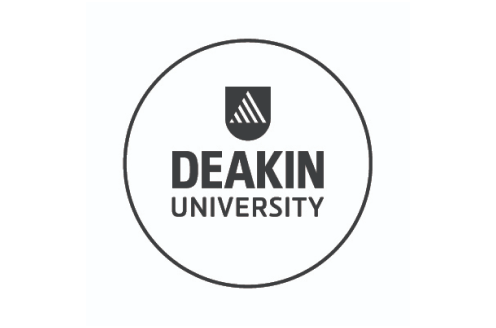Autocorrelation in Data Science
Learn autocorrelation from basics in this free online training. Autocorrelation course is taught hands-on by experts. Have an understanding about autocorrelation in details with example. Best for beginners. Enroll for free now!

Ratings
Level
Learning hours
Learners
Skills you’ll Learn
About this course
Autocorrelation is a very critical part of applied data analytics as it can be used to provide a wide variety of insights across multiple technical and non-technical domains. It is a concept that is used to analyze the link between a variable’s current value and its previous values to derive solutions. Autocorrelation is seen as a key part of analytics as it is a simple technique that has a profound impact on the solutions it is used on. Since it is very important for all of you to understand a foundational concept such as Autocorrelation in detail, we here at Great Learning have come up with this course to help you get started with the domain and to help you understand it fully.
Course Outline
 UPGRADE
UPGRADE
Recommended university programs
Frequently Asked Questions
Will I receive a certificate upon completing this free course?
Is this course free?
What is Autocorrelation vs correlation?
Correlation estimates the strength of the relationship between two variables, and Autocorrelation measures the strength of the connection between a variable and itself at different points in time. Learn Autocorrelation in detail through Great Learning's free Autocorrelation course and gain a free course completion certification.
What are Autocorrelation and its causes?
Autocorrelation is the degree of similarity between values in a time series and values from the same time series at a previous point in time. It is a measure of how well a time series can be predicted from its past. The causes of Autocorrelation are many and varied. Some common causes are:
- Serial correlation
- Common factors
- Lagged variables
Why is Autocorrelation a problem?
Autocorrelation is a problem because it can lead to spurious results. For example, if you are looking at the relationship between two variables, and one of the variables is autocorrelated, then the analysis results may be artificially inflated.
Other Data Science tutorials for you
Autocorrelation in Data Science
Autocorrelation in data science refers to the correlation of a signal or time-series data with a delayed version of itself. In other words, it measures how a variable is related to its own past values.
The importance of autocorrelation lies in its ability to help identify patterns and trends in time-series data. It can be used to detect seasonality, trends, and cyclic patterns, which can be useful for forecasting and predictive modeling.
Autocorrelation has various applications in fields such as finance, economics, weather forecasting, and signal processing. For example, in finance, autocorrelation is used to analyze stock price movements and predict future price changes. In weather forecasting, autocorrelation can be used to identify weather patterns and predict future weather conditions.
Taking up a free course on autocorrelation can be beneficial for individuals who wish to improve their skills in time-series analysis and forecasting. The course may cover topics such as autocorrelation functions, autocorrelation plots, partial autocorrelation, and time-series modeling techniques, which can be useful for individuals working in the fields of data science, finance, economics, and engineering. By mastering autocorrelation analysis, individuals can gain valuable insights into time-series data and make more accurate predictions.


































